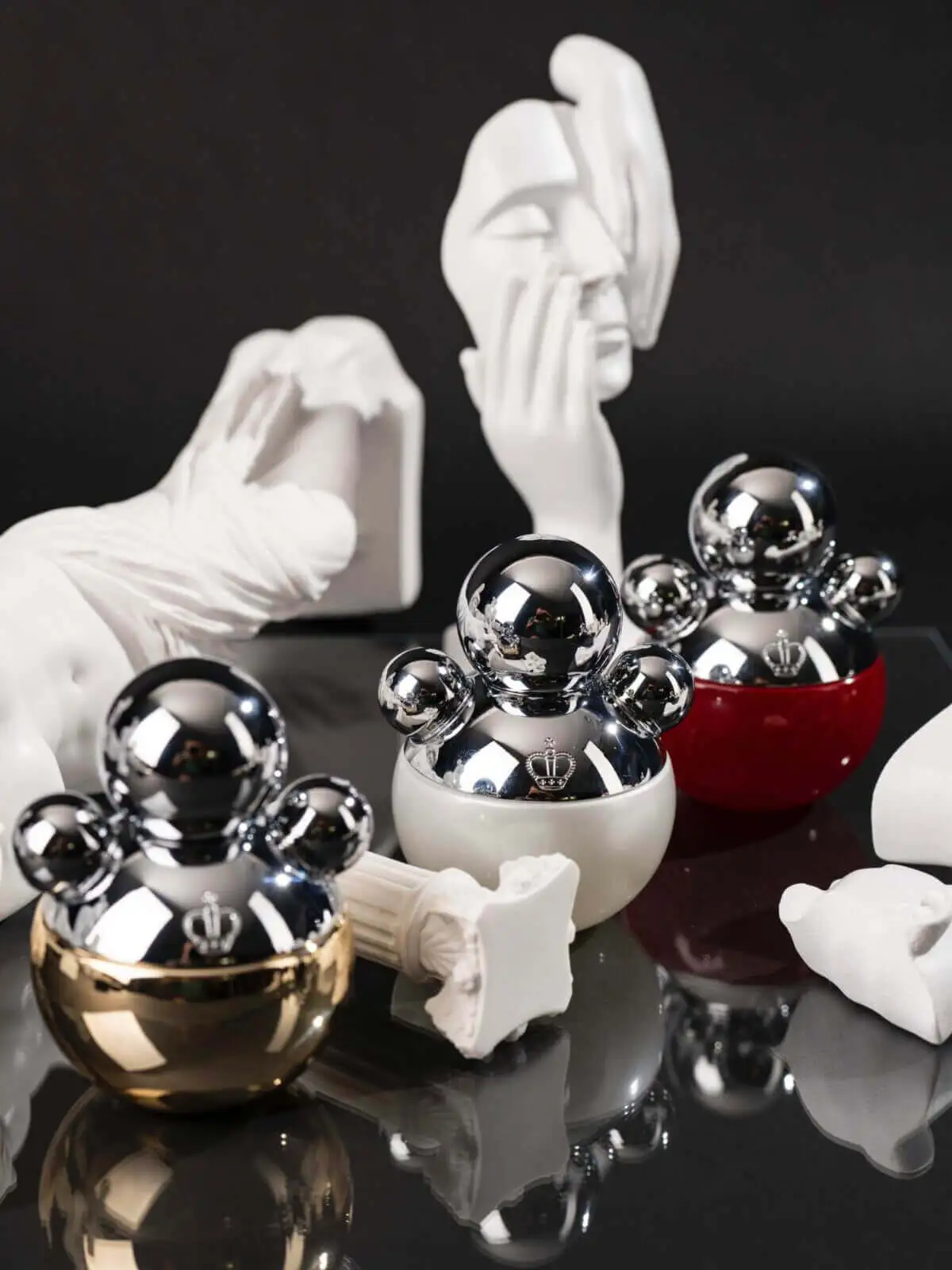
Discover
IRFE Fragrance
In honor of the centenary, MAISON IRFE has created a new Fragrance Collection
In commemoration of the House’s centennial anniversary, Olga Sorokina has curated a Fragrance Collection comprising five distinct scents, each intricately inspired by formidable female characters. This exquisite collection and the enchanting fragrances it unveils are not merely creations; they are a living tapestry woven from a century of Maison IRFĒ's illustrious history, “a narrative of elegance, resilience, and timeless allure” shared Sorokina, reflecting on her journey with Maison IRFĒ.
NEW FRAGRANCE COLLECTION
Evening and Cocktail Gowns
IRFE's haute couture gown collections by Olga Sorokina showcase unique and one-of-a-kind evening and cocktail dresses.
Each limited edition piece is handcrafted with unparalleled attention to detail, reflecting a blend of timeless elegance and contemporary design. These dresses are not just garments but expressions of individuality, destined to captivate and inspire.
NEW ARRIVALS
IRFE White Silk Evening Dress
$690.00
IRFE Red Goat Fur Short Coat
$4,600.00
IRFE Pink Silk Cocktail Dress
$690.00
IRFE Beige Trench Summer Lace Coat
$2,710.00
IRFE: The tale of a brand that embodies resilience, elegance, and innovation
Founded in 1924 amidst the romantic ambiance of Paris by Irina Romanova, the niece of the last czar of Russia, and Prince Felix Yousoupoff, Maison IRFĒ swiftly ascended to prominence, enchanting chic European and American clientele with its aristocratic founders and exquisite couture. Fast forward nearly eight decades, Olga Sorokina, the brand current owner and creative visionary, breathed new life into Maison IRFĒ in 2008, establishing its presence on Rue du Faubourg Saint-Honoré in Paris before relocating its headquarters and design studio to New York in 2016. An accomplished artist and philanthropist, Sorokina has steered Maison IRFĒ for 15 years, infusing her rich multicultural background into contemporary collections while honoring the historical legacy of the House.
Maison IRFĒ's foray into the realm of fragrances marks a milestone in its storied history, with each Eau de Parfum crafted to complement specific dresses, evoking unique emotions and sensations. Sorokina's commitment to diversity shines through "For me, there is no age, skin color or ethnicity. I love women who live by their emotions more than by reason, outside of the general standards." The fragrances, like the women who wear them, celebrate individuality, change, and renewal.


